12 Real Estate Markets With an Ultra-Reasonable Cost of Living

12 Real Estate Markets With an Ultra-Reasonable Cost of Living
Here are a dozen communities to begin a search for cheaper digs
Fast-rising home prices and pandemic-related stresses had a lot of people considering moving to cheaper environs, and that was before inflation raised its ugly head in earnest earlier this year.
There are still a lot of places across the country where you can beat the national averages for cost of living, and they're dominated by communities in the Midwest and South.
This data comes from the National Association of Realtors (NAR), Zillow, Kiplinger, and the C2ER – The Council for Community and Economic Research, which tracked spending data points from 267 urban areas to come up with the after-tax costs for a professional/managerial cost of living. That index pegged 100 as the national average and found a range of 255.0 for Manhattan in the Big Apple to 75.7 for Kalamazoo, Michigan. So, let's start there and look at 12 of these markets.
5 Stocks Under $49
Presented by Motley Fool Stock Advisor
We hear it over and over from investors, "I wish I had bought Amazon or Netflix when they were first recommended by The Motley Fool. I'd be sitting on a gold mine!" It's true, but we think these 5 other stocks are screaming buys. And you can buy them now for less than $49 a share! Click here to learn how you can grab a copy of "5 Growth Stocks Under $49" for FREE for a limited time only.
Previous
Next
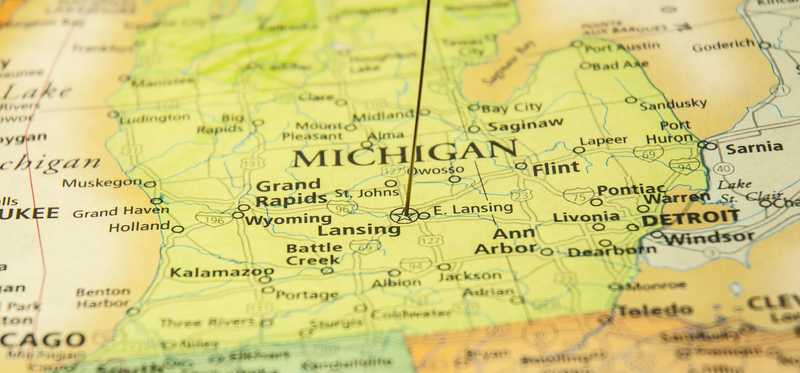
1. Kalamazoo, Michigan
That C2ER index score implies that this south-central Michigan city requires only three-fourths of the national average salary to maintain a professional/managerial lifestyle. Zillow places the typical value of a home there at $210,844, compared to the national average of $344,141.
Kalamazoo itself has about 75,000 residents and anchors a metro area of about 335,000 people midway between Chicago and Detroit. It's also home to Western Michigan University.
ALSO READ: 3 Charts That Show How Serious the Affordable Housing Crisis Really Is
Previous
Next

2. Florence, Alabama
Florence boasts a cost of living that's about 15% below the national average. The city's population is around 40,000 in a metro area of approximately 145,000, which includes Muscle Shoals, home to some legendary recording studios.
Florence is nestled on a pair of Tennessee River reservoirs created by the Tennessee Valley Authority and is roughly equidistant from Birmingham, Alabama, and Nashville, Tennessee. Zillow pegs Florence's typical home value at about $170,000.
Previous
Next
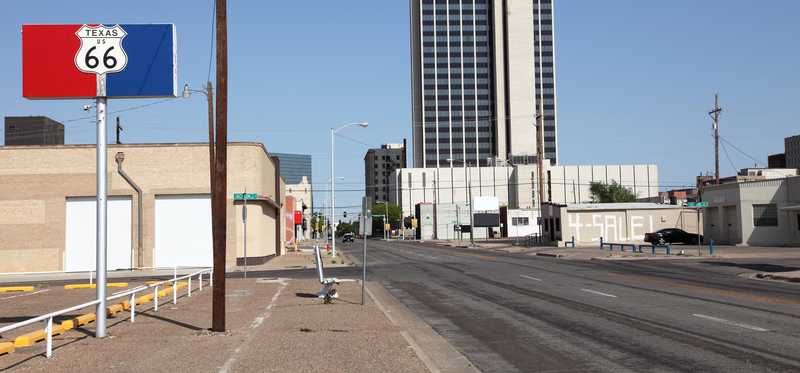
3. Amarillo, Texas
Amarillo is the largest city in the Texas Panhandle, with a city population of about 200,000 and a metro population of around 310,000. The C2ER index gives it a score of 80.7, and the NAR says the median home price is hovering at approximately $201,000. Amarillo sits on Interstate 40 -- roughly halfway between Albuquerque, New Mexico, and Oklahoma City -- on what's left of the iconic Route 66.
Previous
Next
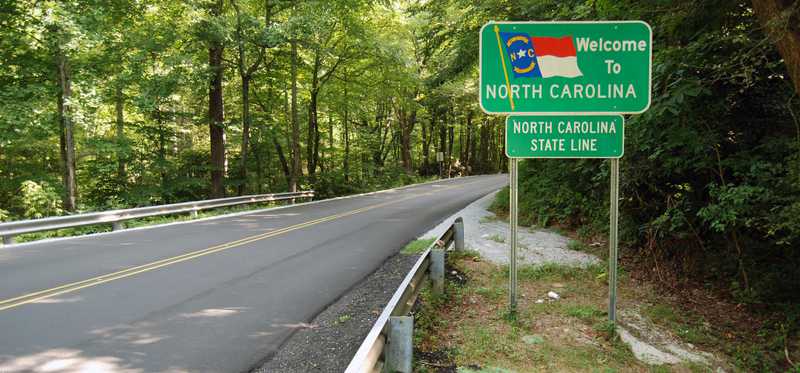
4. Winston-Salem, North Carolina
The cost of living in Winston-Salem is about 15% below the U.S. average. And with a population of about 390,000, it is the anchor of a metro area of close to 680,000 residents. Winston-Salem's business history includes Reynolds Tobacco, Piedmont Airlines, McLean Trucking, and the first Krispy Kreme doughnut shop, and it's home to Wake Forest University. The median home price is about $247,000.
Previous
Next
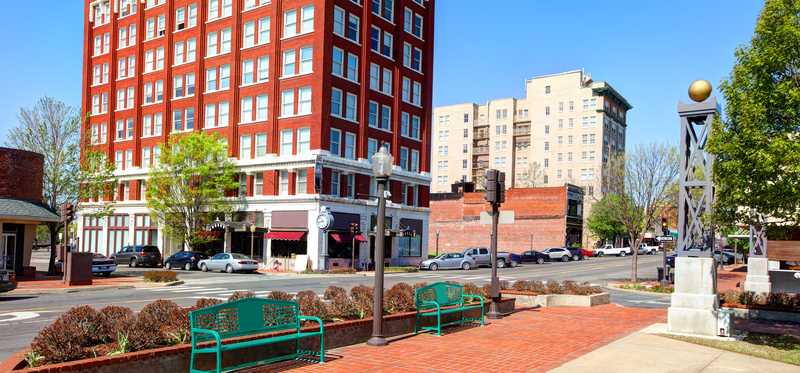
5. Muskogee, Oklahoma
If the late, great Merle Haggard were really an "Okie from Muskogee," he'd be living in a town where the cost of living is about 20% less than the national average. The Oklahoma Music Hall of Fame and about 38,000 residents call Muskogee home. Sitting about 50 miles southeast of Tulsa, this Arkansas River community is where, per Zillow, the typical value of a home is only $87,425.
5 Stocks Under $49
Presented by Motley Fool Stock Advisor
We hear it over and over from investors, "I wish I had bought Amazon or Netflix when they were first recommended by The Motley Fool. I'd be sitting on a gold mine!" It's true, but we think these 5 other stocks are screaming buys. And you can buy them now for less than $49 a share! Click here to learn how you can grab a copy of "5 Growth Stocks Under $49" for FREE for a limited time only.
Previous
Next
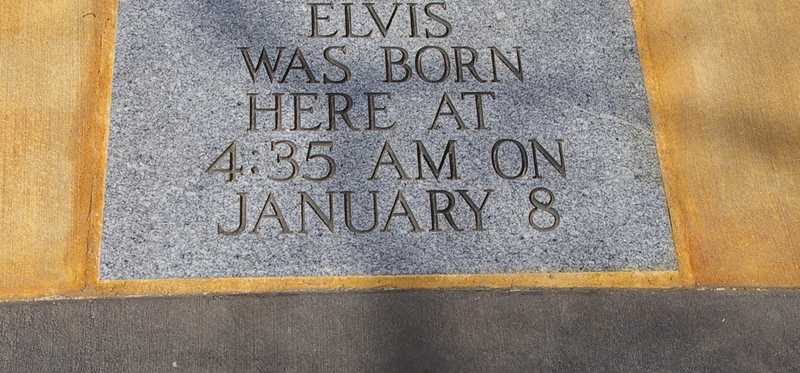
6. Tupelo, Mississippi
Best known as the hometown of Elvis Presley, Tupelo is about 115 miles (by interstate) southeast of Memphis. The city itself is home to about 38,000 people and the metro area to about 140,000. Tupelo's cost of living is around 19% lower than the national average, and Zillow pegs the typical home value at $161,300, up about 13% in the past year.
ALSO READ: 3 Charts That Show Why The Housing Market May Be Starting to Cool
Previous
Next
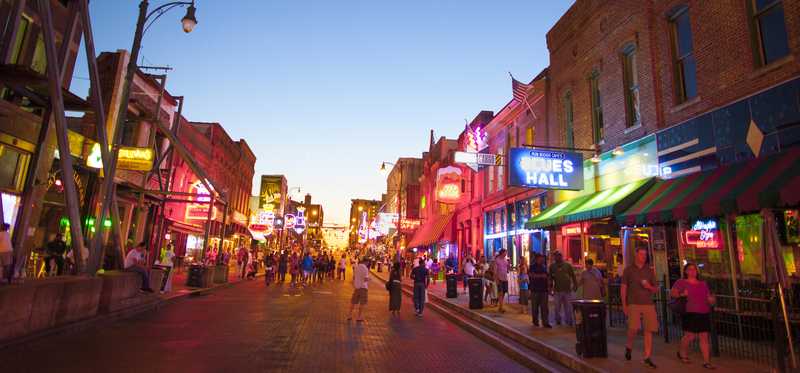
7. Memphis, Tennessee
The NAR says the median home price in the Memphis market is about $261,000. That's a lot lower than the national level of about $354,000. And the cost of living in this iconic Mississippi River town, famous for music (Beale Street), marching ducks (Commodore Hotel), and logistics (FedEx), is about 15% below the national average.
Previous
Next
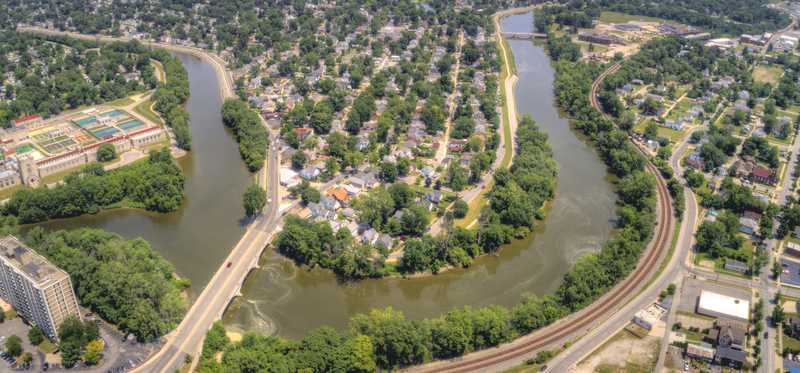
8. Fort Wayne, Indiana
The 400,000 folks who live in and around Fort Wayne enjoy a community graced by three rivers – St. Joseph, St. Mary's, and Maumee Rivers – and a cost of living sitting near 14% below the national average.
Fort Wayne is about 20 miles west of Indiana's Ohio border and 50 miles south of Michigan. The NAR pegs the median price of a house here at $193,400, half the national average.
ALSO READ: These U.S. States Have the Lowest Flat State Income Tax Rates
Previous
Next

9. Pittsburg, Kansas
The latest C2ER cost-of-living index gives Pittsburg a score of 82.2 out of 100, making this community of about 21,000 people among the cheapest small markets in the country. Located near the Sunflower State’s southeast border with Missouri, Pittsburg is home to Pittsburg State University and where Zillow says you can buy your own place for an average price of about $98,000.
Previous
Next

10. Lake Charles, Louisiana
Heading one way on Interstate 10, Lake Charles is about two hours from Houston and, going the other way, about three hours from New Orleans. It's an industrial center for Southwest Louisiana, with bayous and waterways that include a shipping channel covering the 30 miles to the Gulf of Mexico, and home to McNeese State University.
The metro area has a population of about 210,000, a median home price of approximately $159,600, and a cost of living hovering around 14.5% below the national average.
5 Stocks Under $49
Presented by Motley Fool Stock Advisor
We hear it over and over from investors, "I wish I had bought Amazon or Netflix when they were first recommended by The Motley Fool. I'd be sitting on a gold mine!" It's true, but we think these 5 other stocks are screaming buys. And you can buy them now for less than $49 a share! Click here to learn how you can grab a copy of "5 Growth Stocks Under $49" for FREE for a limited time only.
Previous
Next

11. Decatur, Illinois
Decatur is a Central Illinois town once known as the soybean capital of the country and still a presence in grain processing and farm equipment manufacturing. Decatur helped launch Abraham Lincoln's law and political career, and he lived there briefly.
About 100,000 people still call its metro area home and enjoy a cost of living that's about 16% below the national average. The NAR pegs the median house price at about $110,000, less than a third of the national average.
ALSO READ: Real Estate Bear Market: What to Expect from Home Prices
Previous
Next

12. Statesboro, Georgia
Statesboro is a city of about 33,000 folks in a metro area of about 71,000, nestled in the pine woods of Southeast Georgia, about an hour from Savannah. It's home to Georgia Southern University, its largest employer, but there is also a significant manufacturing presence.
Statesboro's cost of living is approximately 17% below the national average, thanks to factors like relatively low housing and medical costs, and the median home value is about $114,000.
Previous
Next

High-line numbers to help launch an in-depth search
These numbers are high-line generalities, of course, and each community has its own diverse list of advantages and drawbacks. Inflation and rising interest rates are also influencing these metrics, but the effects are probably pretty uniform across the land.
We hope this list gives you some food for thought if your personal situation has you digesting some new realities about where you are and where you want to be.
The Motley Fool has a disclosure policy.
Previous
Next
Invest Smarter with The Motley Fool
Join Over Half a Million Premium Members Receiving…
- New Stock Picks Each Month
- Detailed Analysis of Companies
- Model Portfolios
- Live Streaming During Market Hours
- And Much More
READ MORE
HOW THE MOTLEY FOOL CAN HELP YOU
-
Premium Investing Guidance
Market beating stocks from our award-winning service
-
The Daily Upside Newsletter
Investment news and high-quality insights delivered straight to your inbox
-
Get Started Investing
You can do it. Successful investing in just a few steps
-
Win at Retirement
Secrets and strategies for the post-work life you want.
-
Find a Broker
Find the right brokerage account for you.
-
Listen to our Podcasts
Hear our experts take on stocks, the market, and how to invest.
Premium Investing Services
Invest better with The Motley Fool. Get stock recommendations, portfolio guidance, and more from The Motley Fool's premium services.